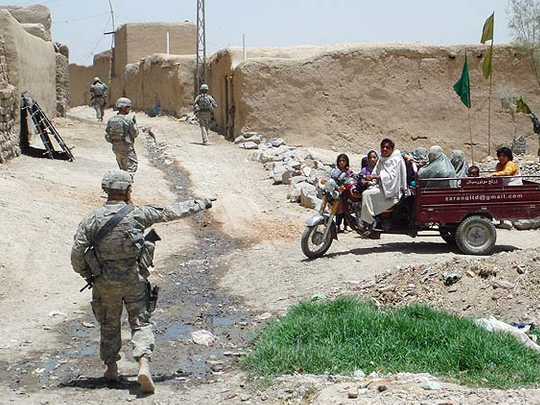
The discovery of huge deposits of untapped minerals in Afghanistan could prove to be a double-edged sword. The amounts reported might only be the tip of the iceberg, but they could give the conflict a new twist, becoming the new spoils of war contested by the Afghan people, Nato and the Taliban. There is now a viable alternative to the poppy.
The knee-jerk valuation of roughly $1 trillion for the iron, copper, cobalt, gold and lithium deposits is staggering, but they are the rightful property of the government of Afghanistan and its people — who have been subjected to untold suffering through wars, insensitive governance, corruption and religious fundamentalism for decades. Add to that the lack of access to basic living amenities — food, water, electricity and proper education for children — and the predicament takes on a larger dimension.
It is not surprising that Afghanistan has been subjected to numerous attempts at colonisation by foreign powers. The reason lies in its reserves of natural wealth. This explains why everyone — from communists (Russia), to capitalists (US) and even the Taliban — have tried to control its territories.
The trillion-dollar question now is, who is going to help the government tap into these reserves which could alter the face of the Afghan economy and possibly put it on the road to self-sufficiency?
There are already too many players with personal agendas. The immediate goal should be to end the conflict and bring about stability. Thereafter, meaningful dialogue between the centre, the provinces and the tribals is vital in order to achieve overall gain.
Afghanistan has the potential to become one of the most potent mining centres in the world, provided it does not lose sight of this silver lining that has now presented itself.
There seems to be hope for the future — provided of course the present is addressed effectively.








